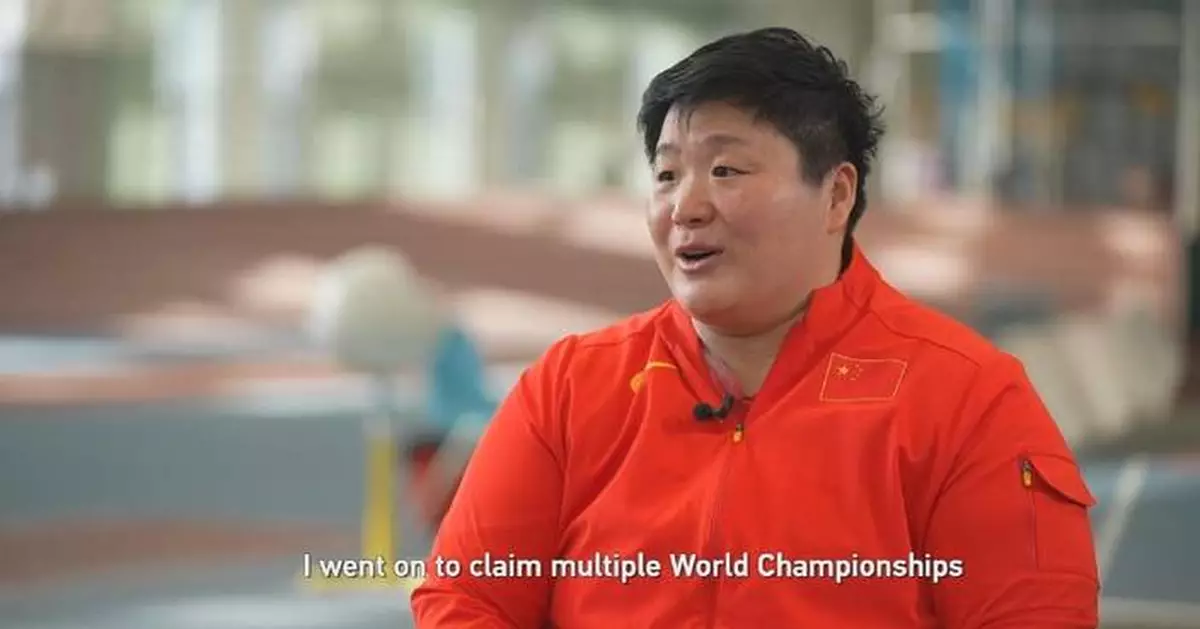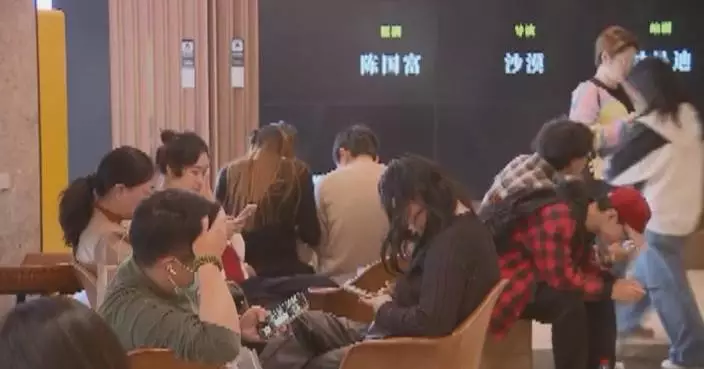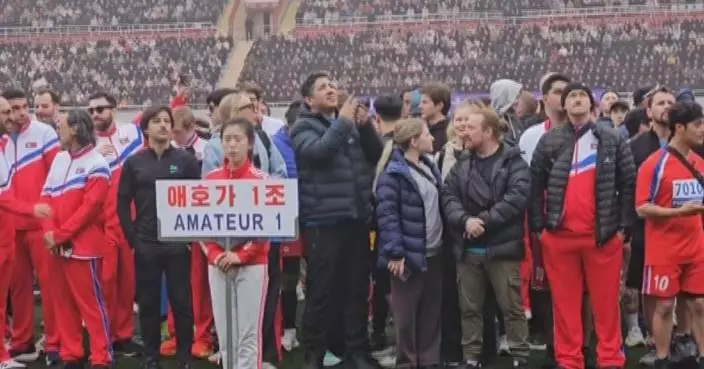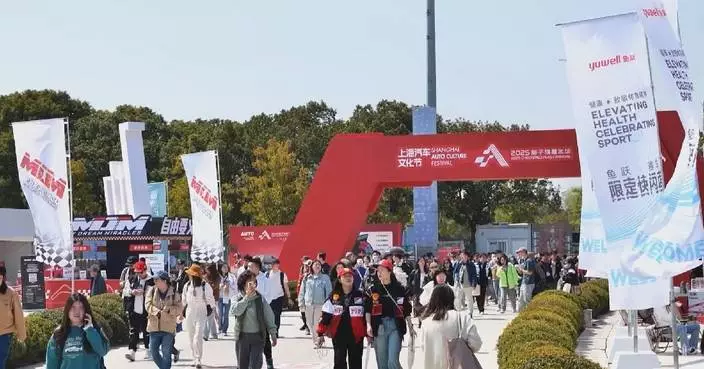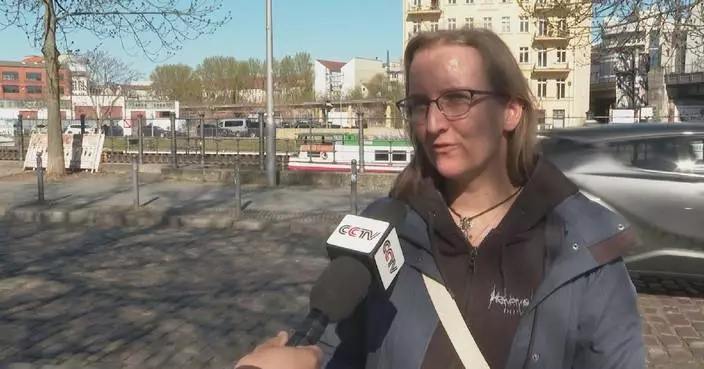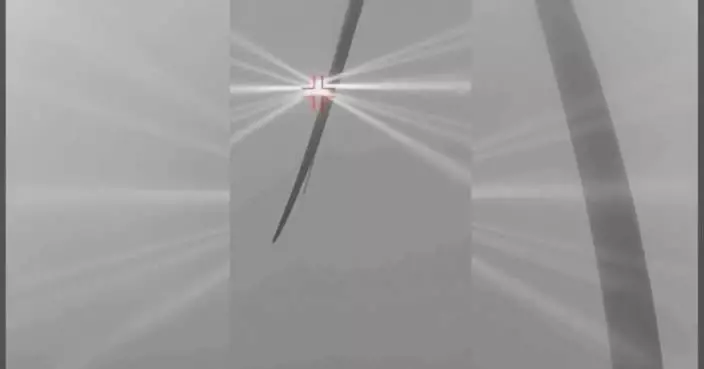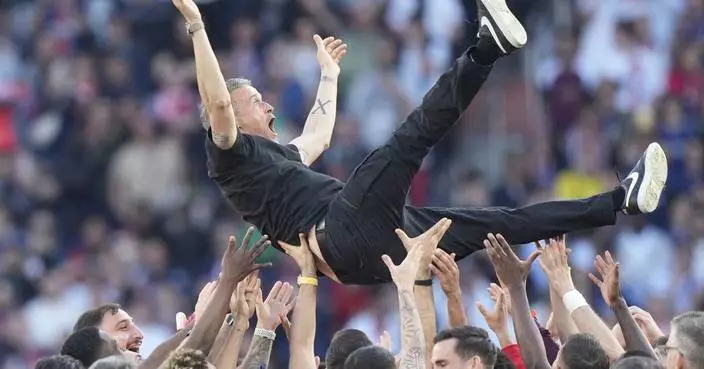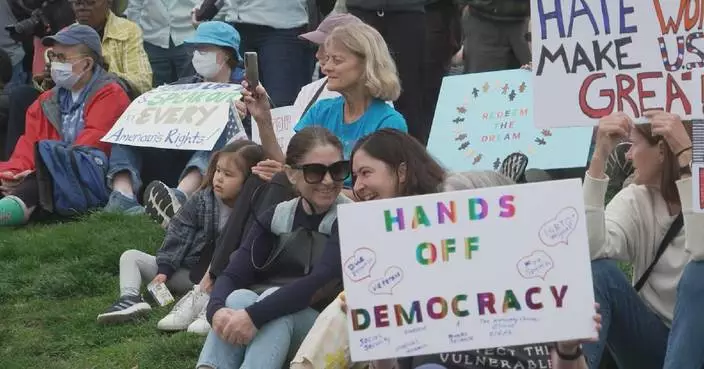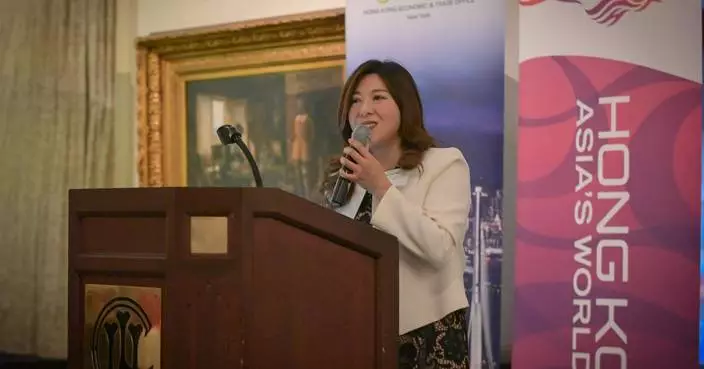While reviewing the ups and downs in her career, Gong Lijiao, a three-time Olympic medalist who won gold at the 2021 Tokyo Olympics, said she hopes to see "the Chinese women's shot put continue to stand on the highest podium in world competitions."
The 34-year-old’s career as a shot-putter began in 2001 when she was only 12 and, still a teenager, Gong came seventh in her first major championship at the World Athletics Championship in Osaka in 2007.
"This photo is from my first World Championships in Japan. I remember it very well because it was my first major competition, and I was quite nervous. But I finished in the top eight, which was a pretty good performance for my first time. It was then that I dared to dream that I could stand on the world's highest podium," said Gong in an interview before heading to Paris for the Summer Olympics.
Participating in the Olympics for the first time in 2008, the four-time Olympian has won one gold, one silver and one bronze in subsequent games, with her only medal miss at Rio 2016.
"I was in good condition in the first half of 2016. At that time, I was ranked number one in the world. But I think I put too much pressure on myself. It was the only game in my life that I hurried to end after throwing my first shot. After taking a break and returning to the training field, I felt very reluctant. I thought about having to face it all again and wondered what would happen if I failed again. I pulled myself out because I never give up. I felt this could not be my fate, and I thought I could be better. I regained my confidence through every training session and slowly regained my competitive spirit. From 2017 to 2021, I went on to claim multiple World Championships and Olympic titles," said Gong.
Gong, competing at her fifth Olympics in Paris, advanced to Friday’s shot put final after ranking fifth in qualification on Thursday.
"Given my age, I can't stay on the field forever. I hope that after I retire, there will be more young athletes to carry on the flag of Chinese shot put. I want to see the Chinese women's shot put continue to stand on the highest podium in world competitions," she said.
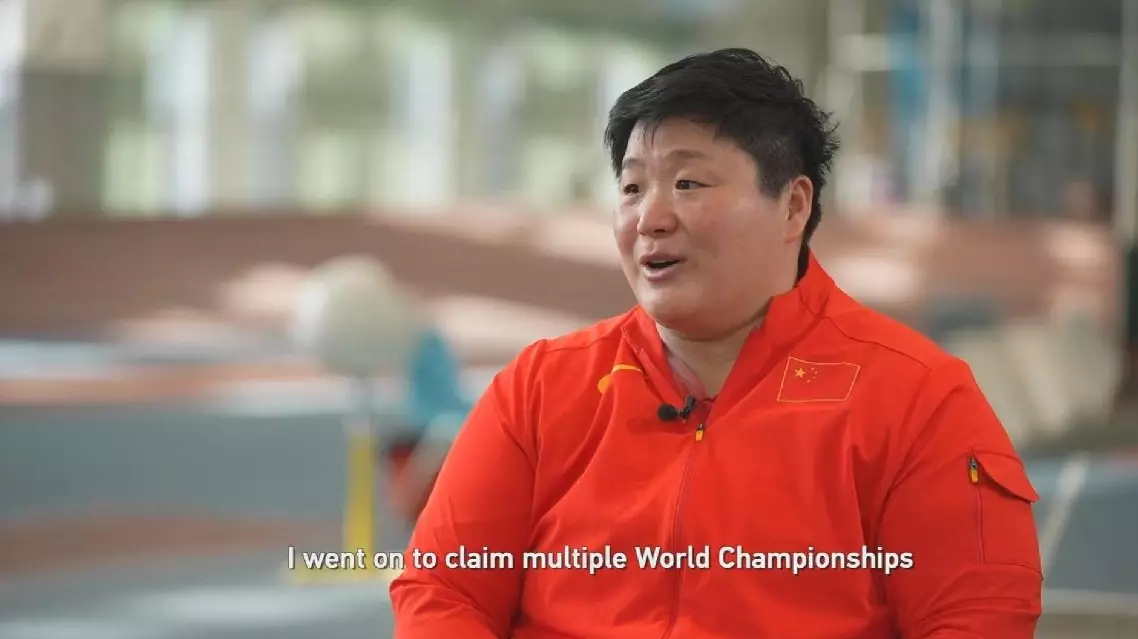
China's Olympic shot put champion hopes Chinese athletes will follow in her footsteps
A high-level mediation team from the African Union (AU) Commission has been dispatched to Juba, capital of South Sudan, to try to ease the rising tensions between President Salva Kiir and First Vice President Riek Machar, and help resolve the current political crisis in the country.
Riek Machar and several senior officials have been detained since clashes erupted in January between the South Sudan People's Defense Forces and the opposition fighters.
Machar was accused of instigating violence in Nasir in the northern part of the country.
The mediation team says it plans to engage Machar, but that meeting is yet to take place.
The AU is urging South Sudanese political leaders to resolve the current disagreement through dialogue.
Machar heads the largest opposition group that has an armed wing in the country, known as SPLM/A-IO.
South Sudan's government says it's still investigating Machar for being allegedly involved in clashes between government troops and armed civilians affiliated to SPLM/A-IO in Nasir.
"The mandate of the RTGoNU (the Revitalized Transitional Government of National Unity) is simple; that we stop war, we form a revitalized government of national unity so that we return security, sustainable peace in the country," said Martin Elia Lomuro, South Sudan's Minister of Cabinet Affairs.
Meanwhile, Machar's party members are calling on president Kiir to order the release of their leader.
The group argues that the arrest of Machar means the 2018 peace deal which ended five years of violence in the country has partially collapsed.
The government reaffirms its commitment to the implementation of the 2018 peace deal.
It says Mr. Machar is in conflict with the law and that the implementation of the peace deal should not be used as cover to commit crime. However, until now, South Sudanese law enforcement agencies have not charged Machar with any offense in a court of law.
South Sudan, which became independent in 2011, signed a peace deal in 2018 that ended a civil war between forces loyal to Kiir and Machar. Nearly 400,000 people died in the civil war.
Relations between Kiir and Machar, who have dominated South Sudan's politics for decades, remain strained. The clashes and latest political tensions between the two leaders have unsettled many citizens and the international community.

AU dispatches Panel of Wise to address ongoing instability in South Sudan



